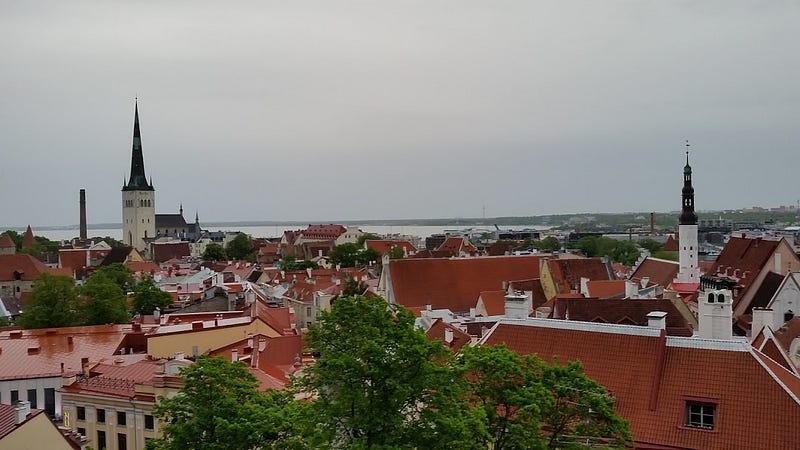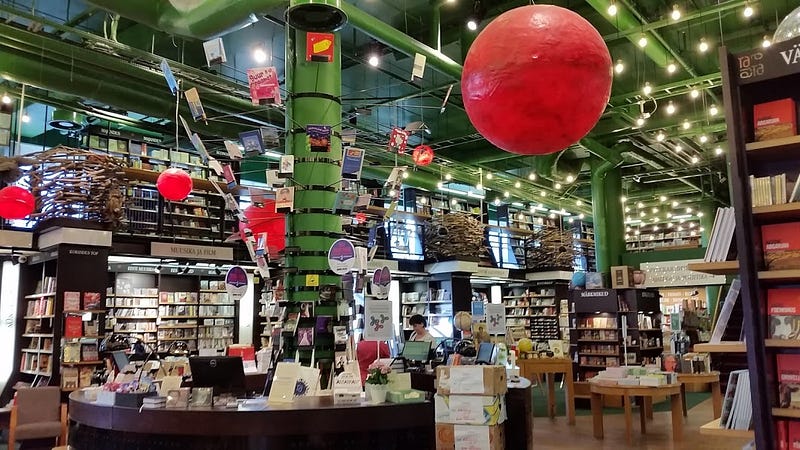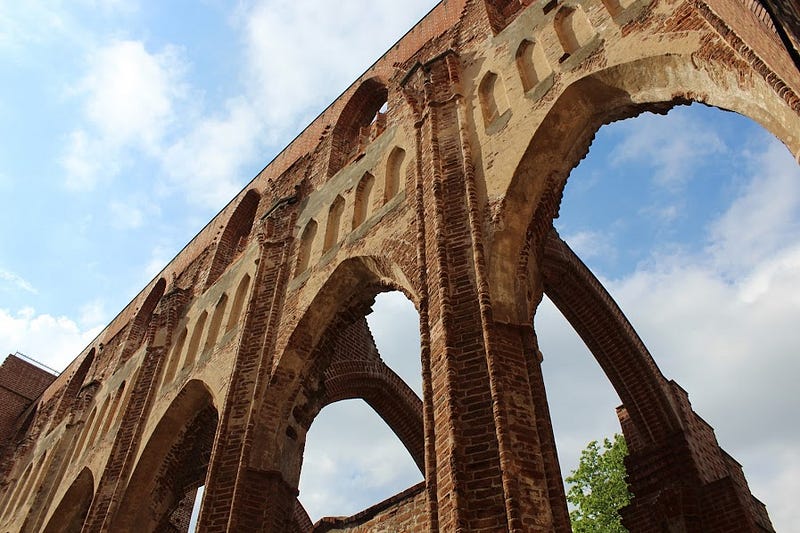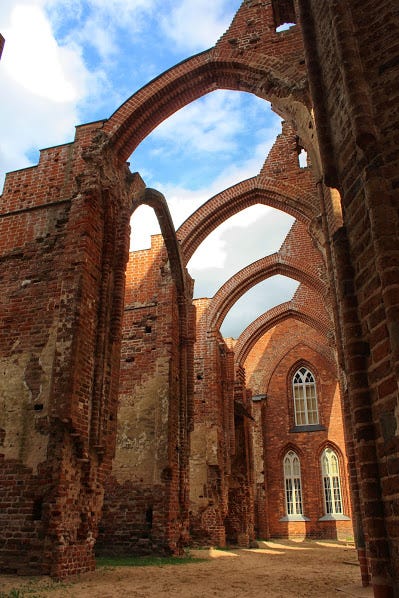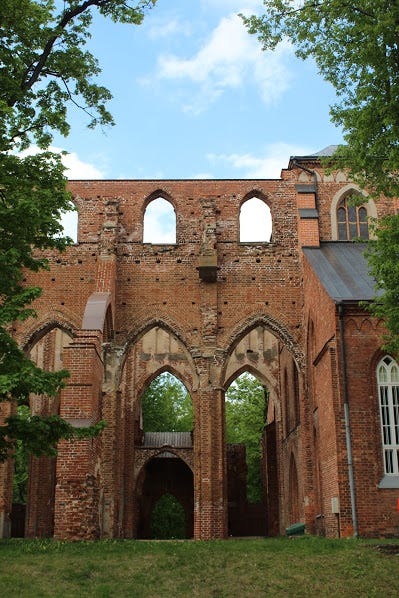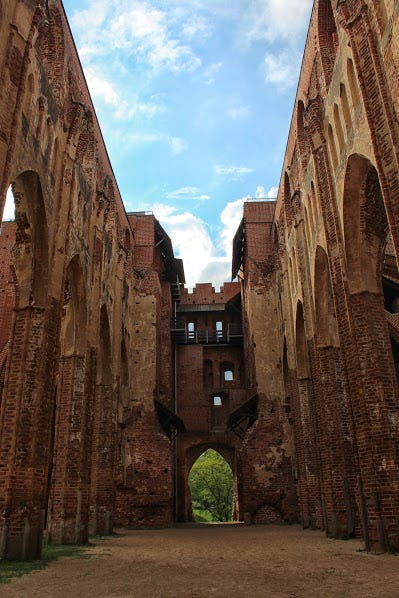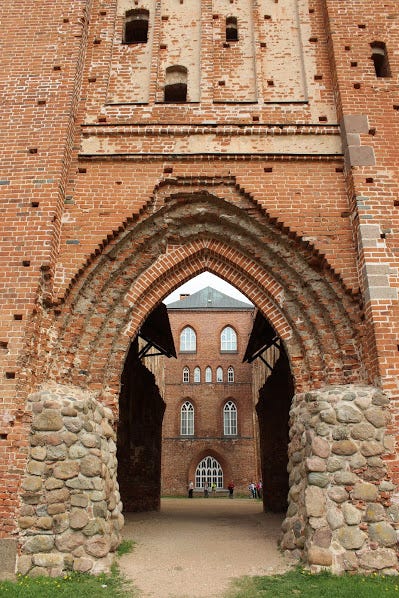A Gorgeous Cathedral Ruin: Tartu Toomkirik, Estonia
▮ Jerome Yang / 2019/08/04
Gaining independence from the USSR in 1991, Estonia is now a tiny while highly tech-savvy country. Numerous startups gather and thrive here, including the famous messenger app Skype. While having influence from its surrounding great powers, it still retains its unique history and identity. In this post, I’d focus on my time in its second largest city Tartu, and how a church ruin told me an unfamiliar history about the Protestant Reformation.
A Catholic Cathedral devastated by Protestants
Growing up as a protestant, I often took the Protestant Reformation as the process that “the reformers fled Catholic persecution”, until I finally realized such view is simply inaccurate. The Reformation itself was entangled with many political and social conflicts throughout Europe, and both sides became persecutors in various occasions. This ruin of a Medieval cathedral in Tartu, Estonia witnesses the hostility the Protestants once held against the Catholics.
The red-brick columns and facades were originally parts of the splendid Tartu Cathedral, completed in 1470. It was as magnificent as other Medieval Gothic cathedrals you may have seen in Europe. However it didn’t stand long. In 1525, when the reformers reached Tartu, the cathedral was heavily devastated as a result of their “iconoclast” efforts. Over the next centuries, it simply stayed out of restoration and maintenance, and was gradually worn off until only the columns and facades remained.
Currently the ruin is the top tourist attraction in this vibrant city (locally know as Tartu toomkirik), and also part of the University of Tartu campus. The cathedral’s apse (the semicircular recess in the front) is restored and used as the school’s library. Some other parts are partially restored as well. It only took a short walk through the tree-shaded campus from Tartu’s old town to visit this ruin. The authentic brick structure gave me a distinct perspective into the Gothic architecture, while its history reminded us how people who called themselves Christians had warred and devastated each other.
Other highlights of this country
-
Both Tallinn and Tartu are an interesting combination of old and new. Tallinn’s old town has the most well-preserved city walls and towers system throughout Europe, and is a must-see for all tourists; but across the street, you’d find some extremely innovative buildings, which are mostly renovated from older structures and now serve as office spaces. Tartu also has a nice old town area, as well as a vibrant new city center.
-
While Russian influence has been largely eliminated here, you can still see some Soviet relics, including its wide-gauge (1,520mm) railroad and communist/Stalinist architecture. If you’re a devoted Soviet fan, go to Paldiski (just 1.5 hours away on the west of Tallinn), a naval base and forbidden city during the Soviet era. Soviet landscape is mostly intact there.
-
Estonian Open Air Museum (https://evm.ee/eng/home), located in Tallinn’s suburbs, is a great place to learn about the country by its residential architecture. Dozens of traditional houses from various parts of the country are displayed here, and you can check out the inside of almost all of them. This would give you a good idea on how the life in an inland forest from a coastal fishing village, and also this country’s unique identity.
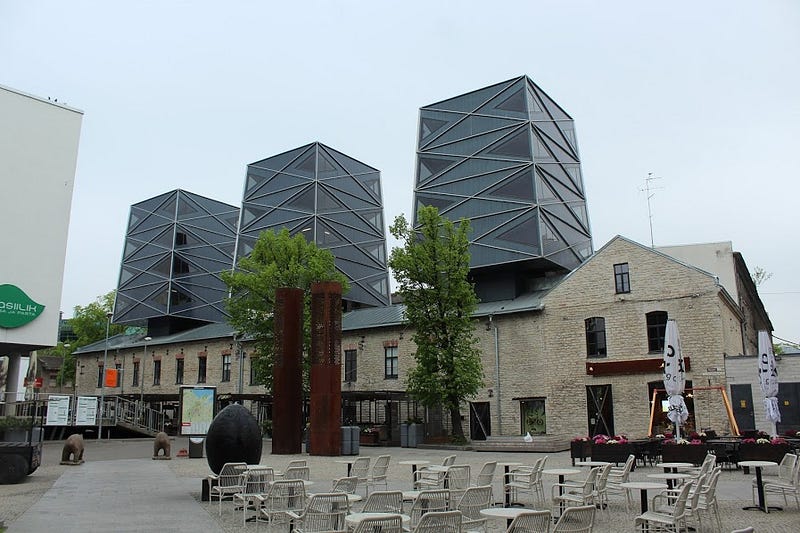
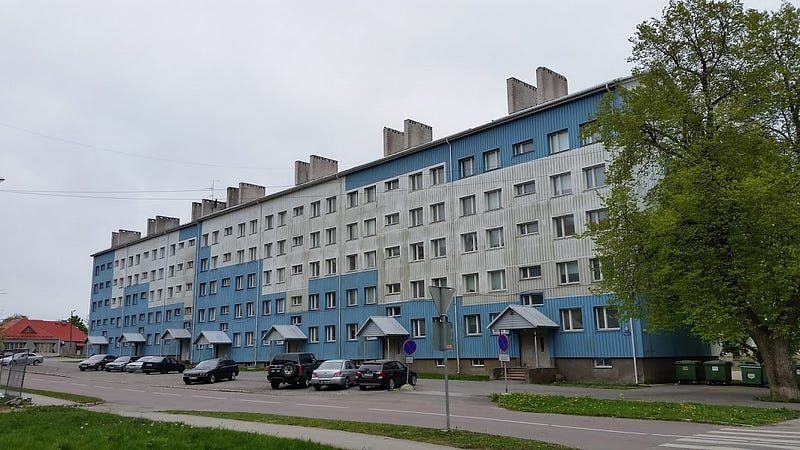
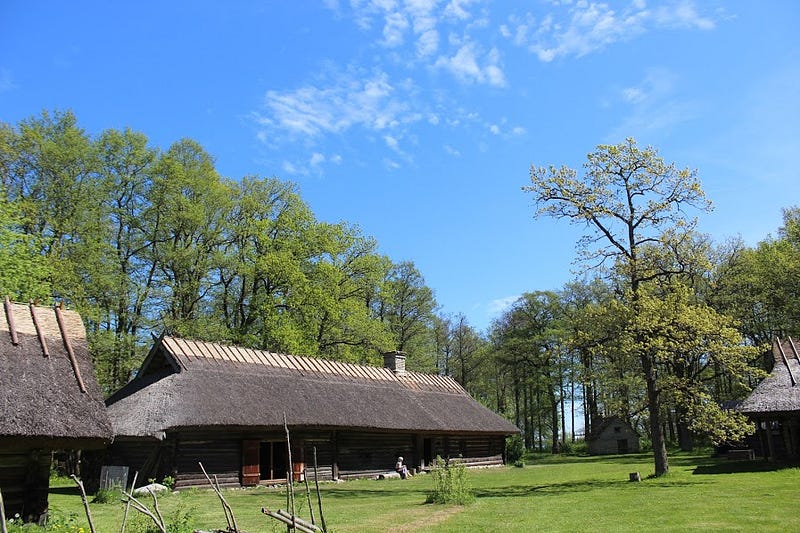
If you’d like to go…
-
Logistically, visiting Estonia is extremely easy. It’s part of the Schengen Area (i.e. no border control between Estonia and most European countries), and also part of the EURO zone. This means if you can make it to Paris, Germany and Italy, Estonia shouldn’t be a problem for you!
-
Be sure to take advantage of Estonia’s great internet infrastructure. Cell phone SIM cards are super cheap, free wifi is available in many locations, and all the train tickets can be purchased online with discount. Travel as a tech-savvier here!
-
While Lonely Planet didn’t recommend Estonia’s rail transportation (at least not in their 2016 guide), I found it very convenient and comfortable to take trains throughout the country. Frequently services between Tallinn and major cities are operated by contemporary train sets (comparable to Scandinavian countries). All tickets can be purchased on ELRON (Estonian National Railways) official website: https://elron.ee/.
-
I’d strongly recommend combining Estonia with nearby countries. For example, you can visit all the baltic states (Estonia, Latvia and Lithuania) in one trip, take a ferry from Tallinn to Helsinki (for only 75 mins — 2.5 hours), or get on a cruise that goes to Stockholm and even St Petersburg! If you’re interested in my itinerary from Latvia all the way up to Finland, do let me know. I’d love to write a separate post on that!
